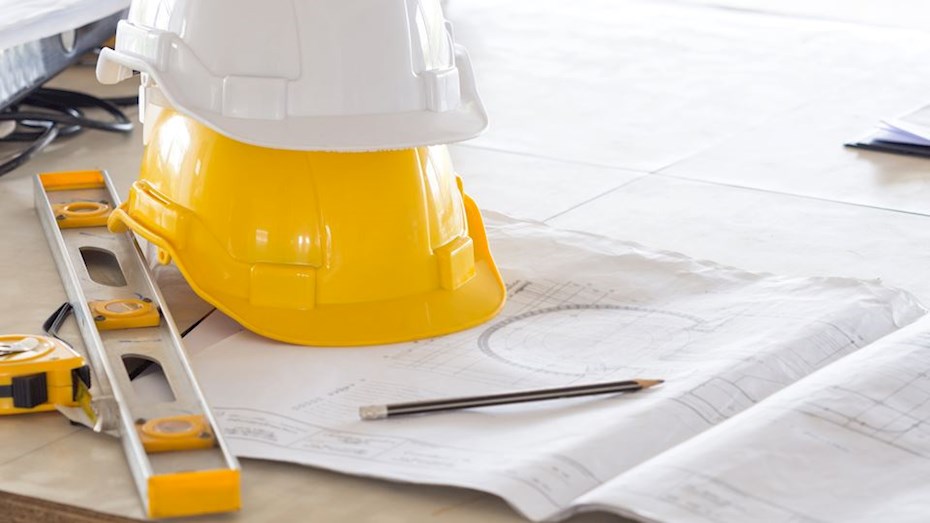The energy performance of buildings has become a critical issue in the property world, given the increasing demand for energy-efficient buildings. Air leakage is a significant factor that contributes to energy inefficiency in buildings. It allows heat to escape in winter and enter in summer, which increases the energy needed to maintain a comfortable indoor environment. Therefore, ensuring air-tightness in buildings has become a crucial element of sustainable building design.
This article will explore the importance of air-tightness testing in the property world, its benefits, and its impact on energy efficiency and occupant health and wellbeing.
What is Air-Tightness Testing?
Air-tightness testing is a process that measures the extent to which a building is sealed against air leakage. The test involves creating a pressure difference between the inside and outside of a building while measuring the air infiltration rate through any gaps or cracks in the building envelope. The result of the test is expressed as an air permeability rate, measured in air changes per hour (ACH). The lower the ACH, the more air-tight the building.
The Importance of Air-Tightness Testing
Energy Efficiency
Air leakage can significantly affect the energy efficiency of a building. It allows warm air to escape during winter and cool air to enter during summer, which increases the heating and cooling load on the HVAC system. This results in increased energy consumption and higher energy bills. By improving air-tightness, buildings can reduce energy consumption, lower carbon emissions and achieve compliance with energy regulations such as Part L of the Building Regulations in the UK. Air-tightness testing is, therefore, a critical tool in achieving energy-efficient buildings.
Improved Indoor Air Quality
Air-tightness also affects indoor air quality. Infiltrating air can bring in outdoor pollutants such as pollen, dust, and other allergens. It can also create moisture issues, leading to mold growth and indoor air quality problems. Air-tightness testing can help identify these issues, allowing for corrective measures to be taken to improve indoor air quality.
Health and Wellbeing
Poor indoor air quality can have significant health impacts, such as asthma and other respiratory diseases. Air-tightness testing can help identify sources of indoor air pollution, allowing for corrective measures to be taken to improve occupant health and wellbeing.
Building Durability
Air leakage can also affect building durability. Moisture infiltration can lead to rot and decay of building materials, reducing the lifespan of the building. Air-tightness testing can help identify moisture issues, allowing for corrective measures to be taken to improve building durability.
Cost Savings
Improving air-tightness can result in significant cost savings over the life of the building. Reduced energy consumption leads to lower energy bills, and improved indoor air quality can result in lower healthcare costs. Additionally, improving building durability can result in lower maintenance costs and fewer repairs.
Compliance with Regulations
Air-tightness testing is a requirement in many building regulations, such as Part L of the Building Regulations in the UK. Compliance with these regulations is essential to avoid penalties and ensure the building meets the required standards.
How to Achieve Air-Tightness
There are several strategies to achieve air-tightness in buildings. These include:
Continuous Air Barrier
A continuous air barrier is a barrier that prevents air from moving through the building envelope. It is typically located on the warm side of the insulation and includes materials such as sheathing, house wrap, and spray foam insulation.
Sealing of Penetrations
Penetrations such as electrical outlets, plumbing, and HVAC ducts are common sources of air leakage. Proper sealing of these penetrations can significantly improve air-tightness.
Proper Installation of Windows and Doors
Improper installation of windows and doors can result in air leakage. Proper installation includes using appropriate sealants and flashing to prevent air loss.
APT Sound Testing Services
If you need help with your project then contact APT Sound Testing. They undertake air tightness consultancy and design reviews to help support their clients from the design stage of the project through to the precompletion air testing to achieve building control signoff.
They provide friendly expert advice for helping properties achieve required emission rates for air testing. Simply the use the contact form on website, or call 01525 303905 to chat about your specific air testing requirements with their knowledgeable team of air tightness consultants.
